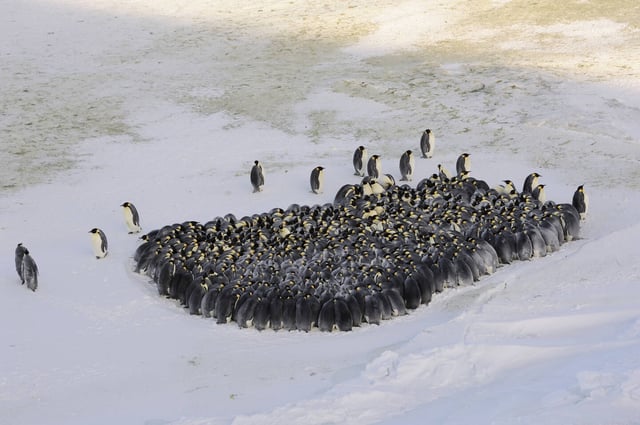Overview
- Satellite imaging by the British Antarctic Survey found a 22% decline in Emperor Penguin numbers between 2009 and 2024 across 16 colonies spanning the Antarctic Peninsula, Weddell Sea and Bellingshausen Sea.
- The observed decline is about 50% more severe than the most pessimistic computer model projections for the species over the same period.
- Researchers attribute the losses to climate-driven disruptions of sea ice breeding habitats compounded by altered storm patterns, changing snowfall and increased predation by seals and orcas.
- The 2.8 million square-kilometer study area holds roughly 30% of the global Emperor Penguin breeding population, estimated at 250,000 pairs.
- Projections indicate that if current warming trends persist, Emperor Penguin numbers could approach extinction by 2100, underscoring the need for urgent global cuts in carbon and methane emissions.



